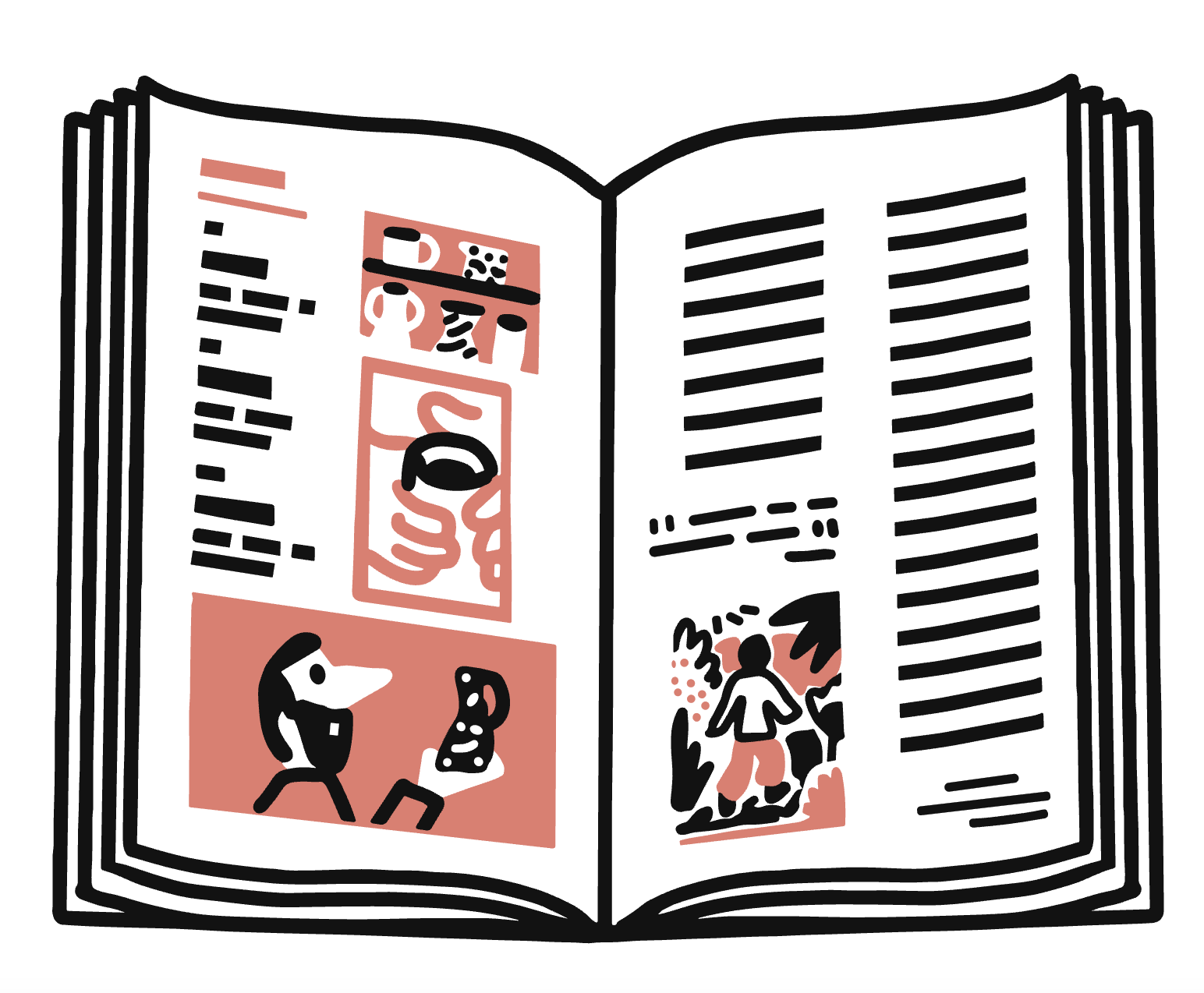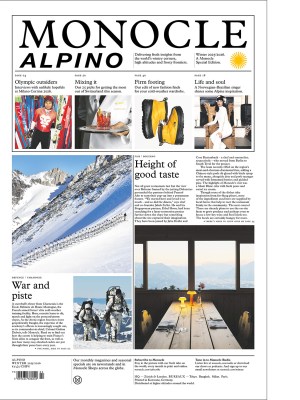Why global eyes are on South Africa’s next design stars
Designers in the Western Cape know all about problem solving, pivoting and putting craft at the centre of their work. Now a new generation is making its mark.
“Cape Town is such a vibrant city that it makes you want to create,” says Megan Hesse, co-founder of Anatomy Design, an interiors and product studio that recently opened a lofty new showroom in the De Waterkant neighbourhood. Hesse started her business with her partner in Johannesburg but later moved to Cape Town to tap into the latter’s booming creative scene. South Africa’s second-biggest city is a rapidly growing design capital where it’s getting easier to do business. This is thanks, in part, to a robust economy, which is expected to grow by 1.8 per cent in 2025 (outpacing the country’s forecast 1.3 per cent), with €304m in investment and more than 15,000 jobs directly created in 2024 by business initiatives, which support a host of sectors that include the creative economy.
This creative scene is building on solid foundations. It has hosted Design Indaba, an annual global conference that has attracted the likes of Tom Dixon and Milton Glaser since 1995. Cape Town Art Fair launched in 2013 and, a year later, the city was named the World Design Capital, stirring even more interest. “Cape Town has always had a very active, healthy design and creative scene,” says Gareth Pearson, who along with his partner Aimée Pearson co-founded Cape Town Furniture Week in 2023. The event grew from 80 exhibitors in its inaugural year to nearly 100 in 2025. “Cape Town is definitely having a moment,” says Aimée. “There’s an influx of like-minded people, as well as resources.”
Importantly, the city hasn’t just captured aesthetes and design-minded transplants looking for a permanent move but also tourism dollars. The city’s population is growing steadily; between 2020 and the end of 2025, it will have gained about 400,000 new residents.
“There is a lot of international traffic here,” says Chuma Maweni, a designer who creates functional ceramic pieces such as intricate chairs, mirrors and tables. Maweni, who works with the influential Southern Guild gallery (which has an outpost in Los Angeles), moved from the neighbouring Eastern Cape province to Cape Town in 2006. “The Western Cape has better opportunities and more art enthusiasts,” he says.
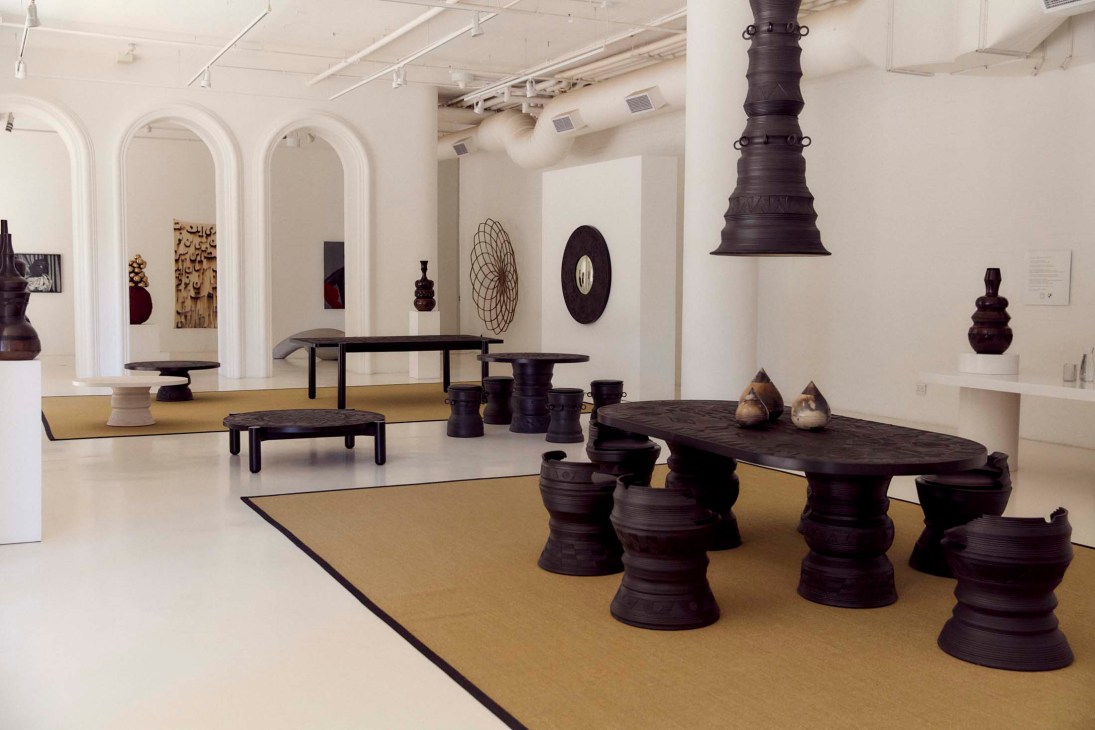
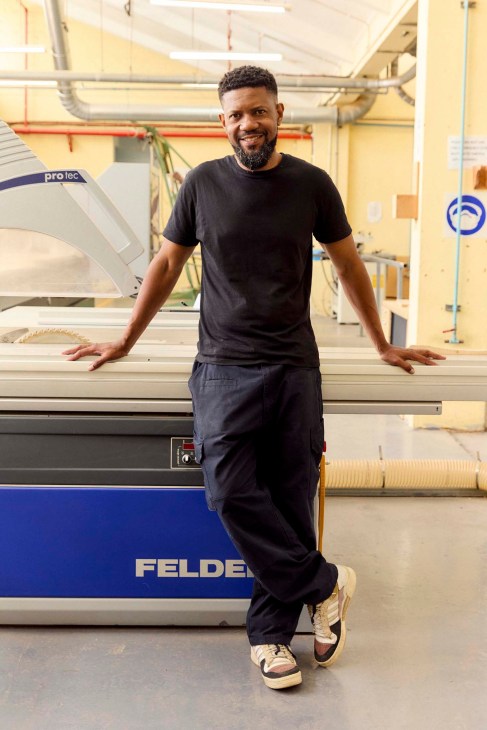
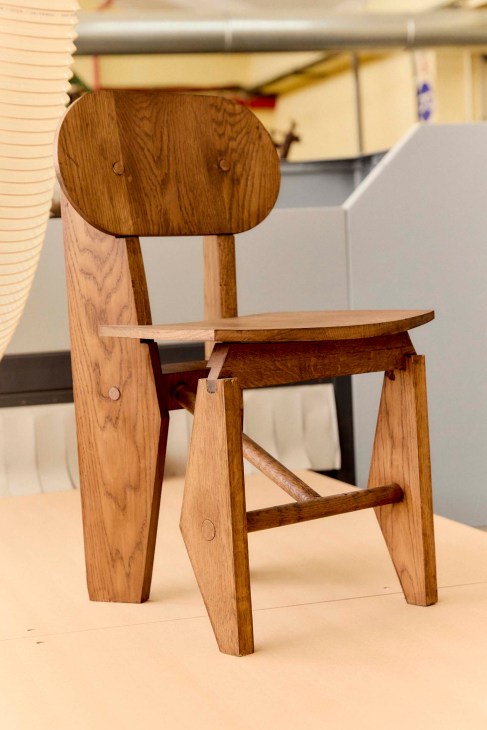
In terms of tourism, the first quarter of 2024 saw a 16 per cent increase in tourist arrivals via air travel, amounting to 336,000 visitors. This rising interest is stoking confidence in creatives and even impacting their work. “It’s an international destination so it feels very cosmopolitan but at the same time it’s very South African,” says artist and designer Tshidzo Mangena, who moved to Cape Town and recently launched his design studio after practising fine art for years. Two decades ago, this was much more difficult.
When James Mudge started his furniture business in 2006, there was only a handful of furniture makers in the city. The country was still emerging from the hangover of apartheid. “Sanctions only ended in 1994,” says Mudge, as he walks Monocle through his impressive showroom and factory. “Ten years is not that long in the spectrum of an economy.” What started as a one-man band is now a sprawling warehouse in the industrial area of Paarden Eiland on the outskirts of Cape Town, where Mudge’s signature wooden tables and chairs are manufactured. He brought the entire production in-house a few years ago – a savvy move, given that electricity cuts still aren’t unheard of, despite infrastructure improvements.
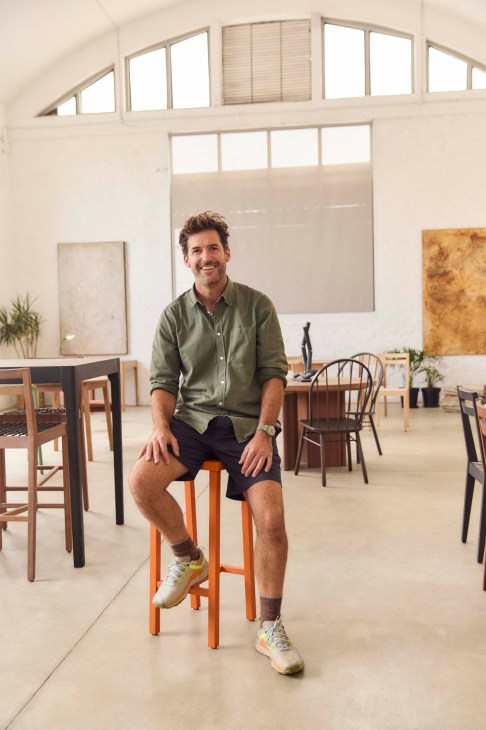
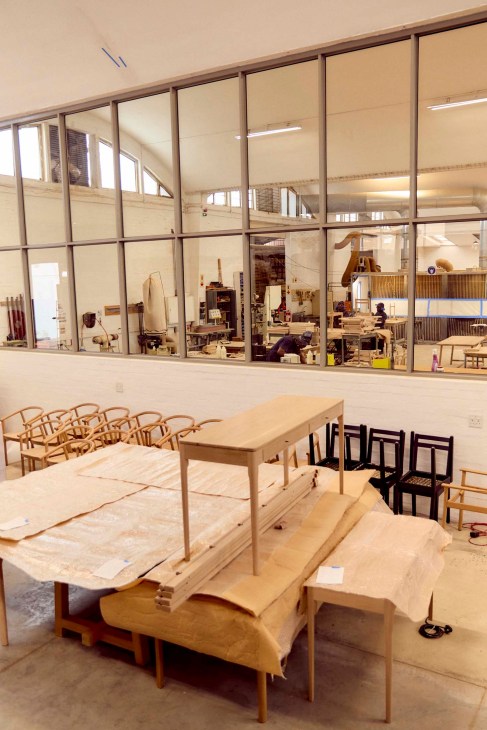
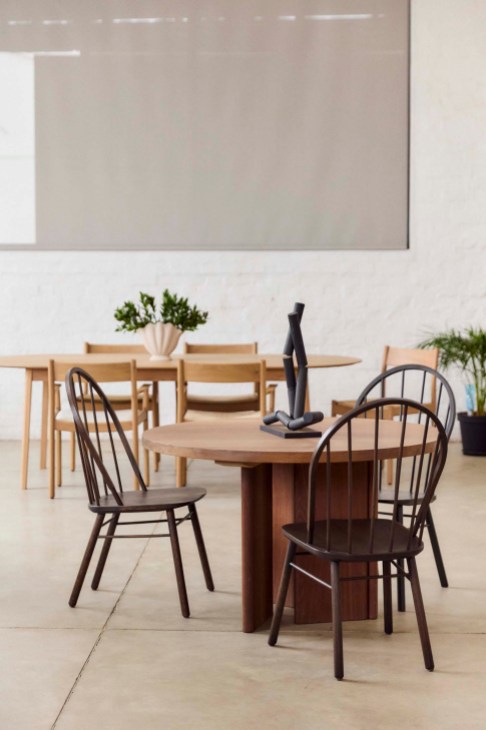
Though Cape Town is arguably the most efficiently run metropolis in the country, it has had its problems, from those cuts to water shortages and safety issues. “There are all kinds of challenges,” says Carla Erasmus, co-founder and designer at Bofred, a contemporary design studio that crafts sculptural chairs, sconces and lamps. Erasmus remembers a time when the studio couldn’t make its bestselling items because they required clay and there was a shortage of water. “We just had to work around it,” she says, adding that it doesn’t faze them any more.
One thing that set South Africa’s design scene back in the early 2000s was the notion that the products made here weren’t as good as those from places such as Denmark or Italy, which had established design identities. This is despite South Africa having a long history of manufacturing, from textiles to woodwork and cabinetry. In the 1990s, many industries fell into decline, which undermined the confidence of the manufacturing scene. “It got depleted and people started importing,” says Erasmus. But, as pioneers such as Mudge, Haldane Martin and Xandre Kriel began paving the way and producing better-quality products, perceptions shifted, kick-starting demand and creating space for makers.
Designers have been grappling with this inferiority complex for years. “We have all been so obsessed with overcoming this idea that things made in South Africa might not be great and all of the imported stuff is amazing,” says Mudge, adding that this mindset is what drove the industry to improve. “We have tried so hard that we have ended up with products that have their own essence and flavour, and are different from what’s available in Europe and America. You go to these international trade shows and, while the products are cool, they’re all the same. Because we are separate from that, we have developed our own language, which I think is incredible.”
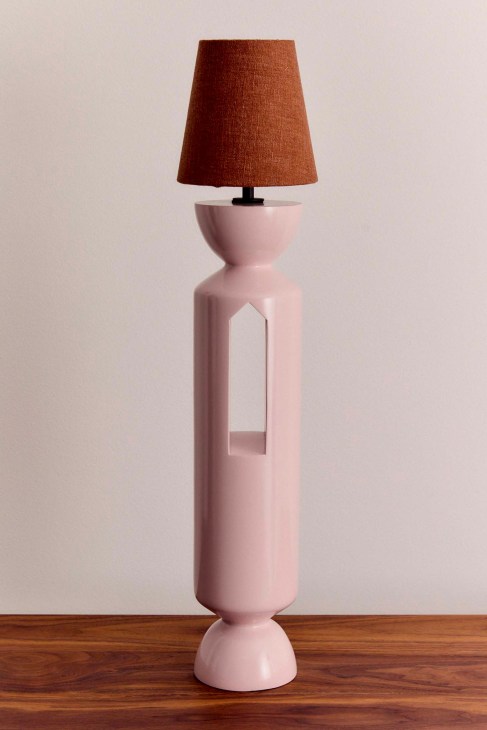
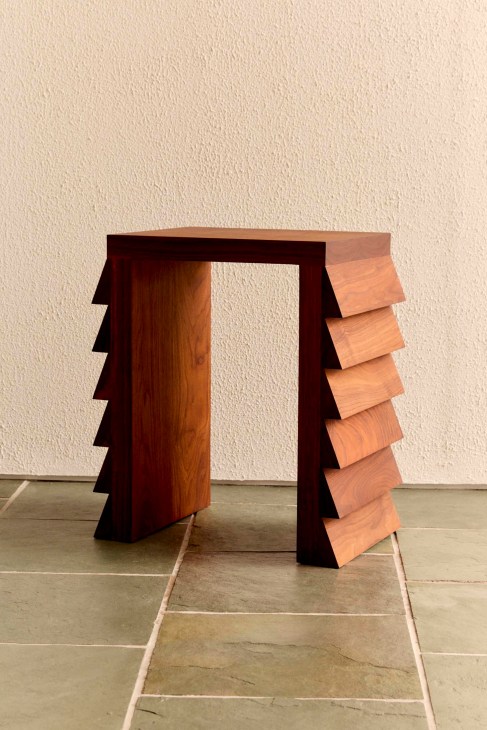
For many here, this means leaning into a fresh but distinctively African aesthetic. Maweni’s clay chairs riff on Zulu and Xhosa ceramics, while Mangena’s series of decor pieces and furniture is named after progressive African cities, such as the muscular, wooden Kigali chair. “I’m trying to redefine stereotypes about African design,” says Mangena.
Indeed, it seems that there has never been such an appetite for African art and design, with fairs such as Art 3 Lagos and Nairobi Design Week drawing global attention. Margot Molyneux, founder of Design Week South Africa, remembers sitting around a table at Milan Design Week a few years ago with a group of people from Europe and the UK, who quickly turned their attention to her. “All of these people wanted to know where I came from and what was happening in Cape Town,” says Molyneux. This curiosity prompted her to launch her design week event in 2024, a three-day immersive fair that hosts product launches, talks, meet-ups and showcases in Cape Town and Johannesburg. “There’s international attention on Africa; it feels sort of like the last frontier,” she says. “People want to know what is happening in this continent. And there is a lot going on.”
Indeed, in the past few years, more brands have launched and even opened standalone shops. Bofred recently unveiled a new glass-fronted space on the second floor of a shopping hub on buzzy Harrington Street, while furniture designers Pedersen 1 Lennard opened a bricks-and-mortar outpost with pieces that can be purchased in-store. New makers are arriving on the scene too. At the Ramp, an artist-led space on an industrial street in Paarden Eiland, architects and furniture makers share a communal workspace. In the workshop at the back, there’s the constant hum of a saw or sander. It’s here that artist and designer Gabriel Hope creates his custom cabinetry and flatpack stools. His business has grown organically and flourished thanks in part to consumers who no longer want to import pieces but have regionally made goods instead. “There is an interest in trying to support smaller businesses,” says Hope.
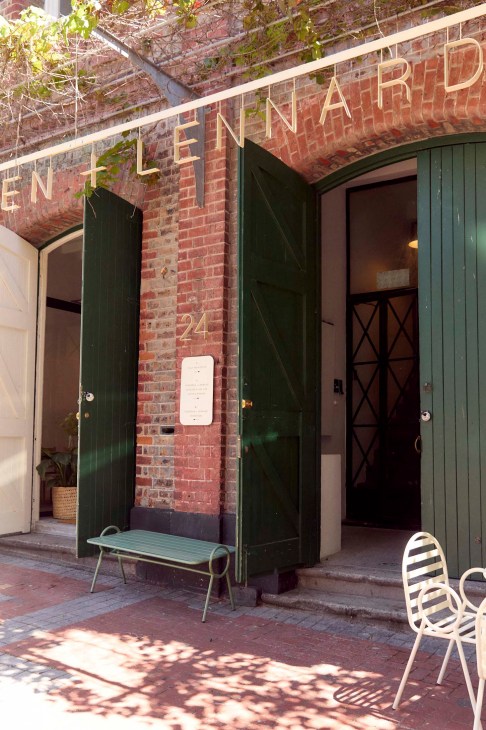
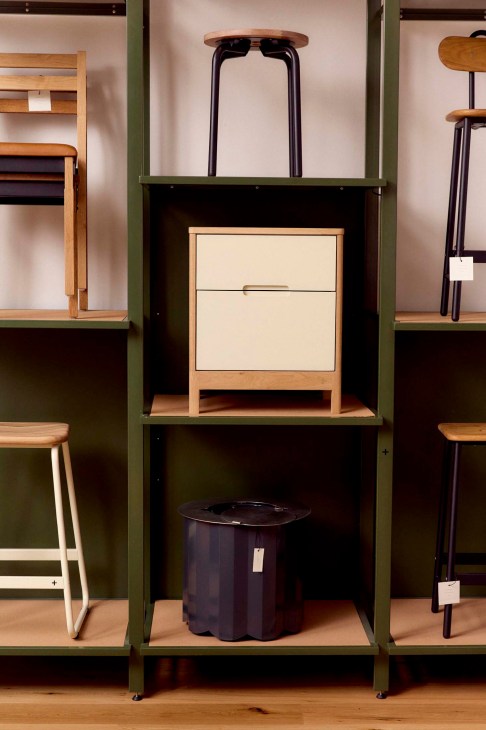
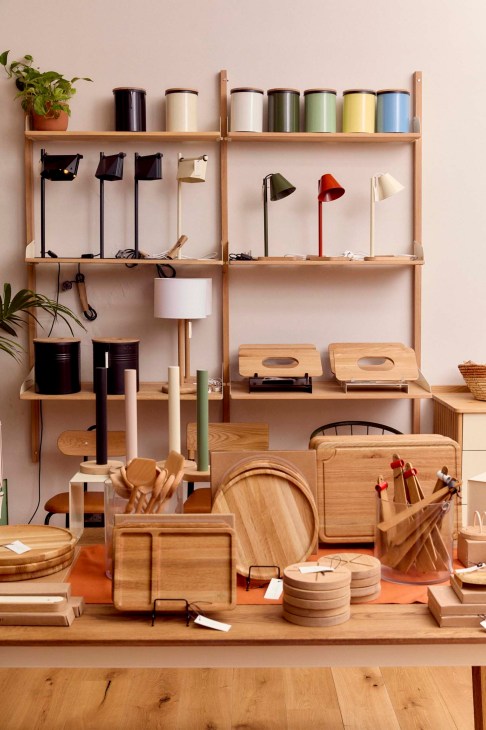
South Africans, who are largely accustomed to political turmoil and international outsider status, tend to rally behind local industries that are doing well. And designers also garner support because they can customise products for their clients. “A little bit higher or a custom colour? No problem,” says Bofred’s Erasmus, adding that South African designers go above and beyond for their customers. And they can because prototyping here is easy so you don’t have to make a run of thousands of items. “But that’s also because the designers themselves want to create something unique,” she says. For some brands, multiple craftsmen will work on one piece of furniture. While this can create an artisanal quality, it also requires time. “It can take between eight to 12 weeks to make a sofa,” says Anatomy Design’s Hesse. “We don’t have big factories like they do in China where they are mass-producing,” she says. “There’s a man or woman sitting behind a sofa hand-stitching it. Which is so beautiful – all of these incredible hands that are poured into one piece of furniture.”
Tapping into the country’s craft scene has presented opportunities for many brands. At Ananta Studio, sisters Viveka and Rucita Vassen work with craftspeople to produce beaded lamps, vases and chairs in colours such as hot pink and emerald green, inspired by their Indian heritage. “There’s so much opportunity because there are a lot of crafters here,” says Rucita. The sisters (one studied fashion, the other graphic design) got the idea for the brand when they noticed craftspeople on the side of the street creating beaded flowers and animals. “We saw the untapped potential,” says Viveka. “As designers we thought, ‘How can we support them, grow the craft and take it to another level?’” Ananta now works with a host of artisans to produce collections of vibrant, beaded pieces that feel entirely unique but also true to the city. “There’s a feeling that Cape Town wants to put itself on the map,” says Rucita. “People travel from all over the world to go to design fairs and Cape Town should be on that map.” (Also, she adds, because it’s “such a beautiful destination”.) For creatives, there couldn’t be a better time to be producing here. “It’s exciting to be making things in Cape Town. You can feel that things are moving. There’s an energy that is starting to shift.”
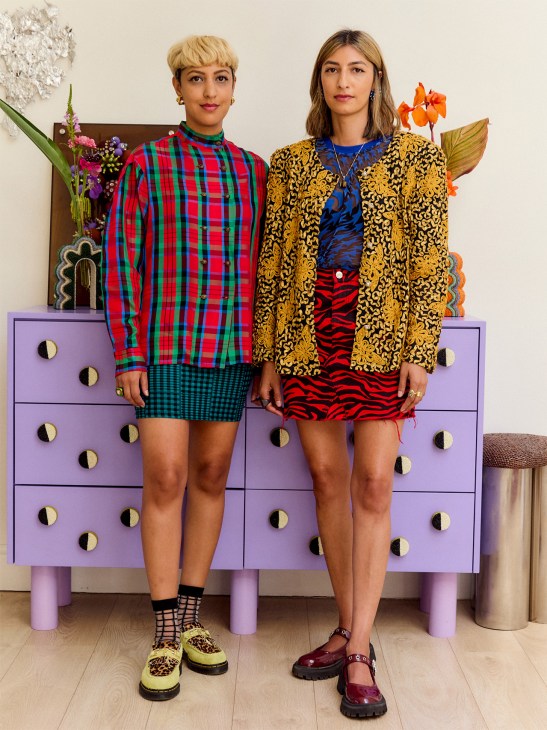
Lessons from the Mother City
Here are three lessons that Cape Town can teach design-minded cities across the globe.
1.
Embrace constraints
Designers here have turned infrastructure challenges, such as water shortages and electricity outages, into opportunities for innovation, developing resilience and honing their output and design language.
2.
Use your geography
Separation from American and European design centres has prevented homogenisation and allowed Cape Town’s creatives to produce work that stands out, precisely because it’s different from the global mainstream.
3.
Come together
The Cape Town design scene thrives on shared resources such as communal workspaces and strong consumer support for regional businesses, creating an ecosystem where small-scale production can flourish.
